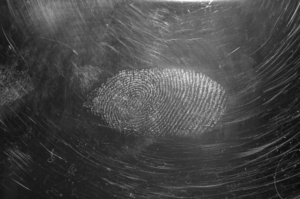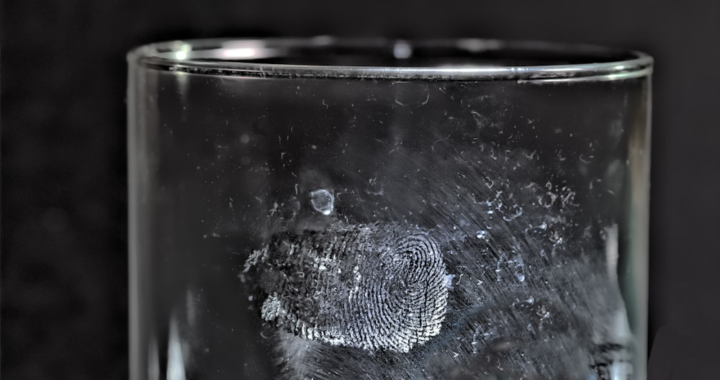Different types of digital evidence play a critical role in modern legal investigations. However, unlike physical evidence, digital evidence is susceptible to alteration or modification.
Here’s where the concept of preserving the chain of custody in digital forensics becomes paramount. It establishes a record of every individual who handled the evidence, ensuring its authenticity and admissibility in court.
Understanding the Chain of Custody
The chain of custody is a chronological record that tracks the movement of digital evidence from the point of collection to its presentation in court. It prevents evidence tampering and ensures it remains in its original state. A strong chain of custody strengthens the credibility of the evidence and bolsters the prosecution’s case.

Key Steps in Maintaining Chain of Custody
- Collection:The process begins with the proper collection of digital evidence. This involves using write-blocker tools to prevent accidental modifications and creating a forensic image, a bit-for-bit copy of the original device.
- Documentation: Detailed records are crucial. This includes documenting the date, time, location of collection, the condition of the device, and any identifying information (serial numbers, etc.). A chain of custody form is best to capture this information.
- Secure Storage: After collection, storing evidence securely is crucial to prevent unauthorized access or modification. This may involve encryption, password protection, and restricted physical access to the storage medium.
- Transfer and Analysis:If the evidence needs to be transferred for analysis, maintaining a documented transfer log is a must. This includes details about the recipient, the purpose of transfer, and security measures employed during transportation.
- Presentation in Court: While presenting the evidence in court, the chain of custody documentation serves as a testament to its handling. The documentation allows the investigator to demonstrate that the evidence is in its original state.
Maintaining Best Practices
Digital forensics professionals adhere to established best practices to ensure a robust chain of custody. This includes using tamper-evident seals on devices, maintaining detailed logs, and using specialized forensic software that generates cryptographic hashes to verify the integrity of the evidence.
Secure Your Digital Evidence with Cyber Forensic Experts
Don’t risk your case with compromised digital evidence. At Eclipse Forensics, we specialize in preserving the chain of custody, ensuring your data remains intact from collection to courtroom.
Contact our digital forensic experts today for reliable digital forensics services that you can trust. Your evidence deserves the best care.

